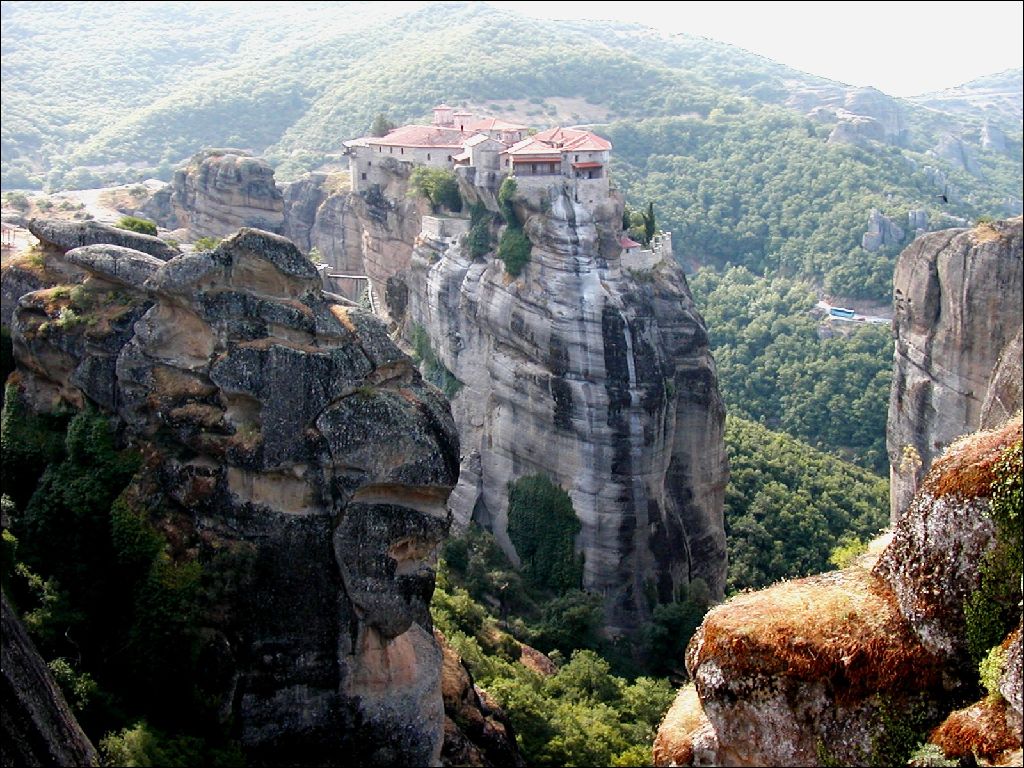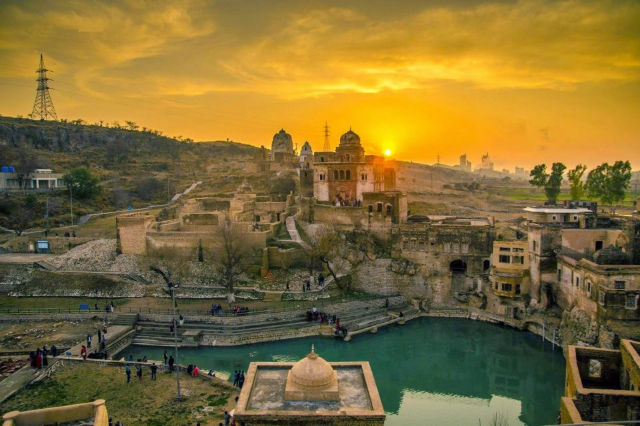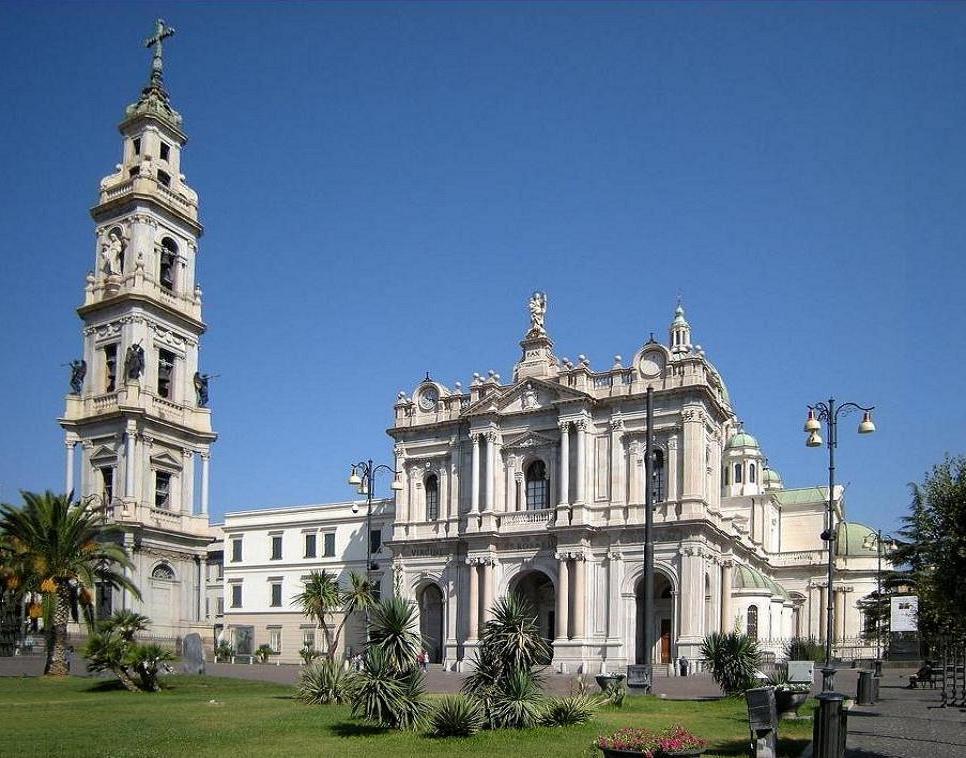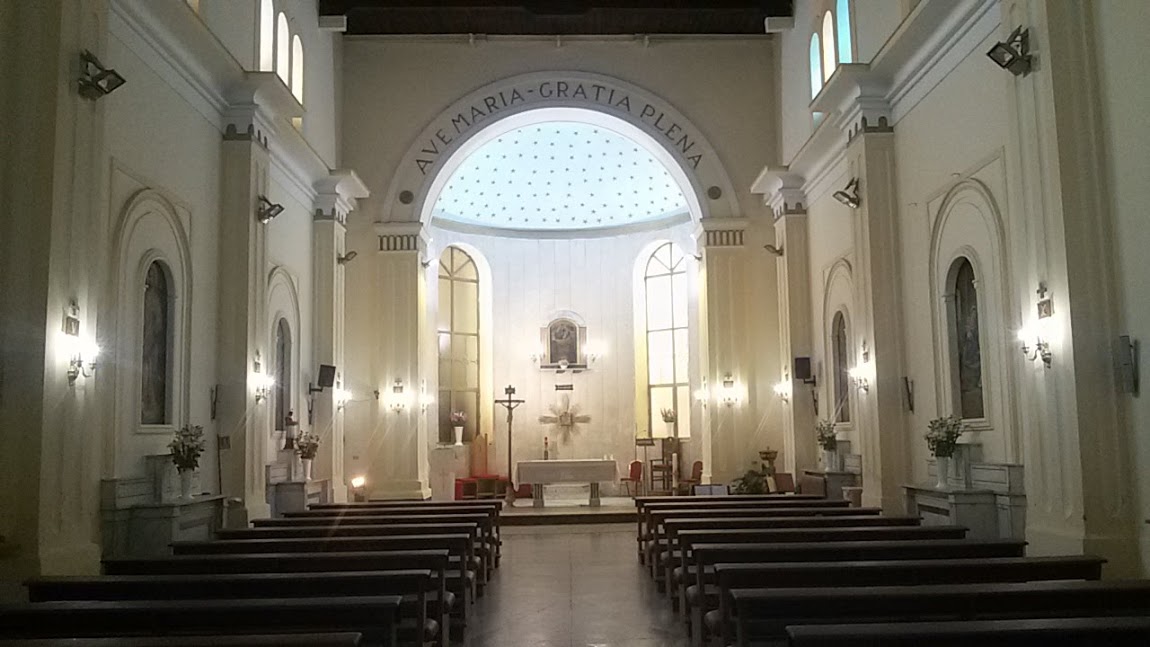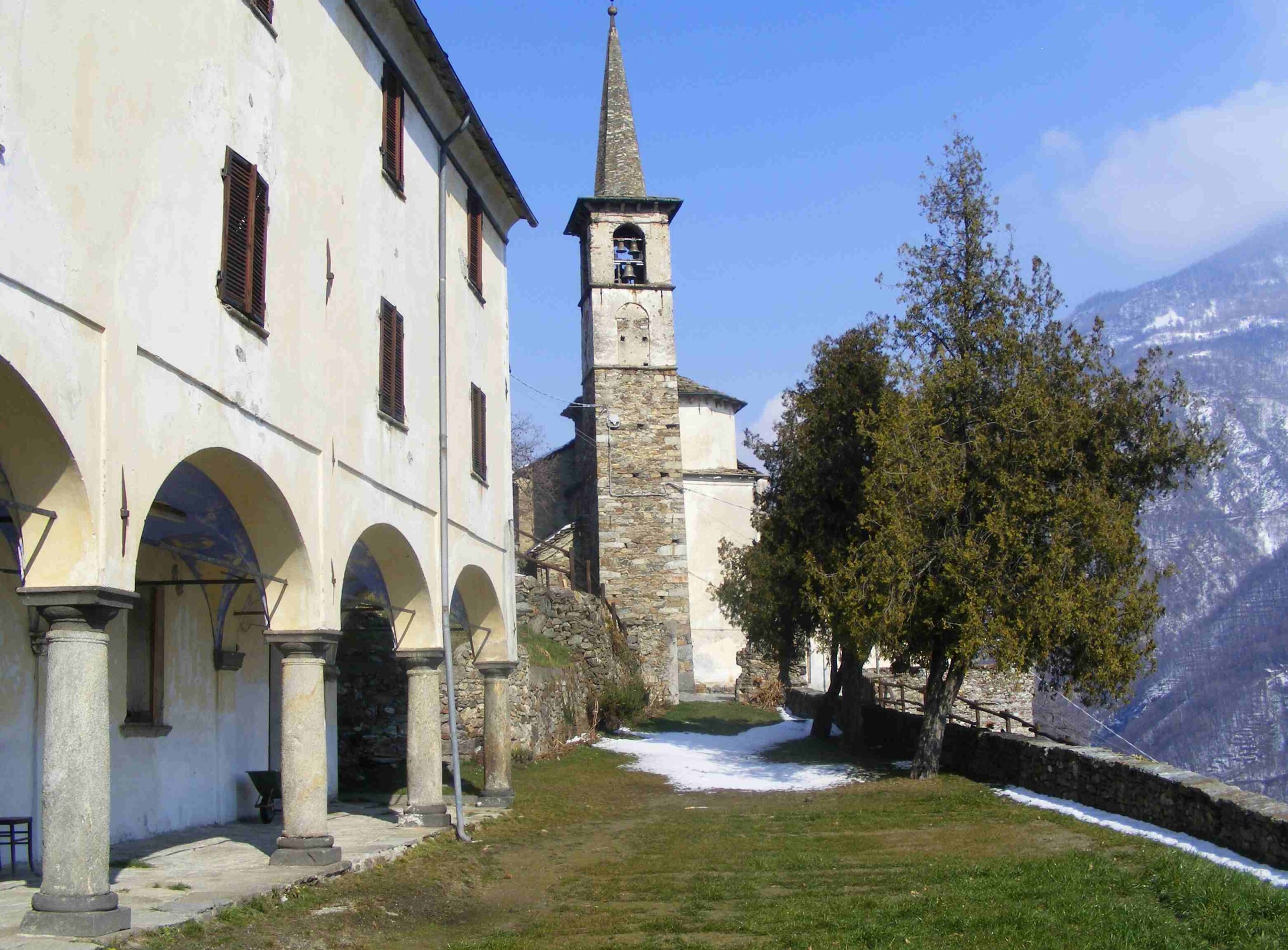The base for exploring the meteors is definitely Kalambaka. The city is in fact connected to other places and to Greece by trains and buses.
It is not known when the Meteors were inhabited for the first time. All existing written sources date back to times when monastic life was already organized. Some Byzantinologists argue that there were monks organized in monasteries even before the second millennium AD. According to others, the first ascetic was a certain Barnabas, who in 950-970 founded the ancient monastery of St. Spirit. The monastery of the Transfiguration was founded shortly afterwards by a Cretan monk, Andronicus, around the year 1020, while in 1160 other hermits founded the monastery of Stagon on the Dupiani rock. About 200 years later, the hermit Varlaam founded the monastery of the Three Lords and All Saints. Still later unknown religious founded other convents: St. Trinity, St. Stephen, Presentation in the Temple, Russanos or Arsanos, St. George of Mandila, St. Nicholas Anapafsa, Virgin of Mecani, St. Theodore, St. Nicholas of Bantova, Sts. Apostles, St. Gregory, St. Anthony, Pantokrator, St. Solitude, St. John, Baptist, Ipsilotera or of the Calligraphers, St. Modestus, Alysis, Apostle Peter, St. Demetrius, Callistratus, Archangels, St. John of Bunila.
This monastic city organized itself throughout the ages and was supported with numerous gifts and privileges by powerful Christian families. At the height of its prosperity, in the 17th century, it o-spited a truly large number of monks and ascetics. Subsequently its fortunes declined and today only the monasteries of Transfiguration, Varlaam, St. Nicholas Anapafsa, Russano, Holy Trinity, St. Stephen (and parts of one or two others) are still in use. The remains of the other once-existing convents have completely disappeared.
The first ascetics climbed the rocks of Meteora by means of a series of scaffolds, which were supported by beams fixed in the rock. This arrangement (of which traces can still be distinguished) was later replaced by very long and vertiginous rope ladders. Those who did not dare to use them were pulled up by means of a net. The ascent lasted about half an hour: half an hour of anguish and terror.
Since 1922, stairs cut into the rock allow access to the monastery in a safe and easy way. The net is still used to transport food and other basic necessities.
